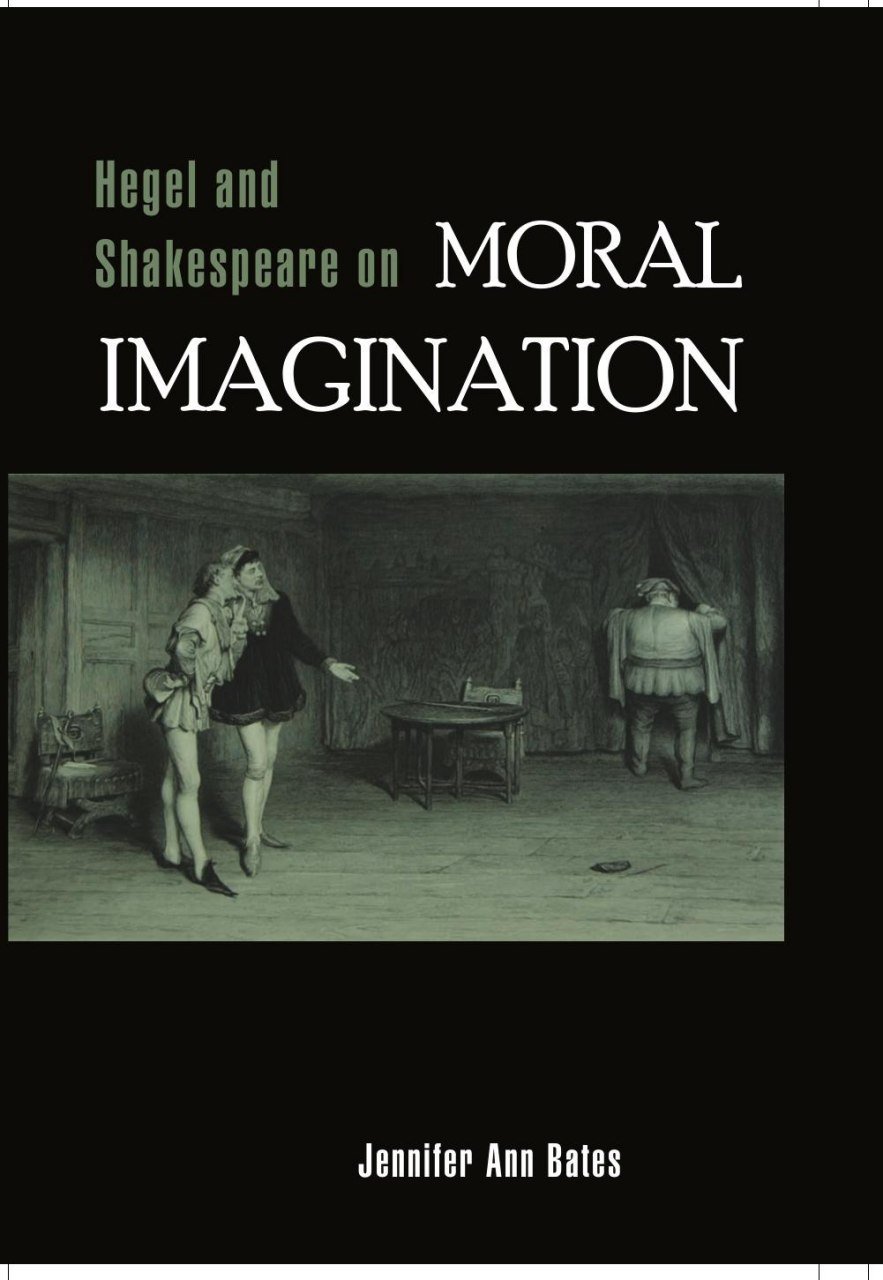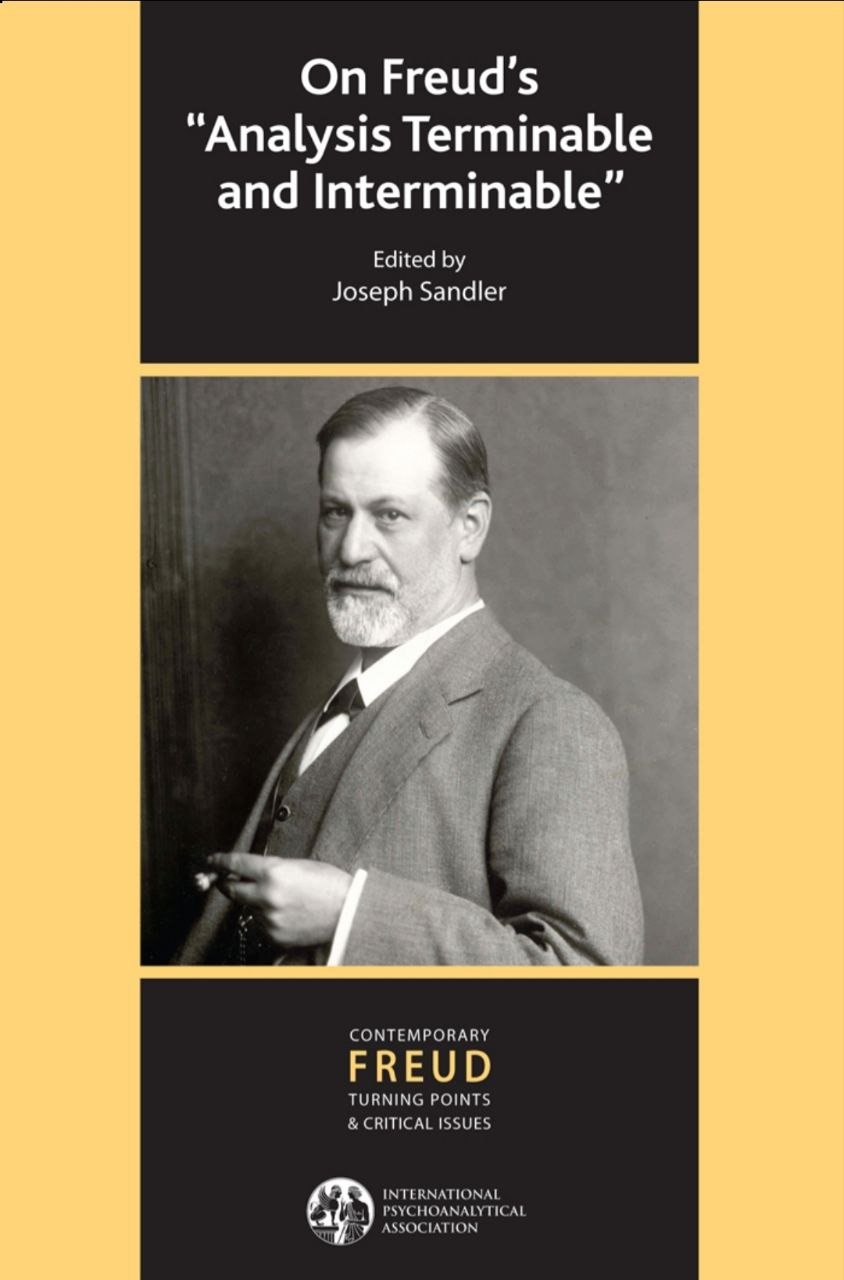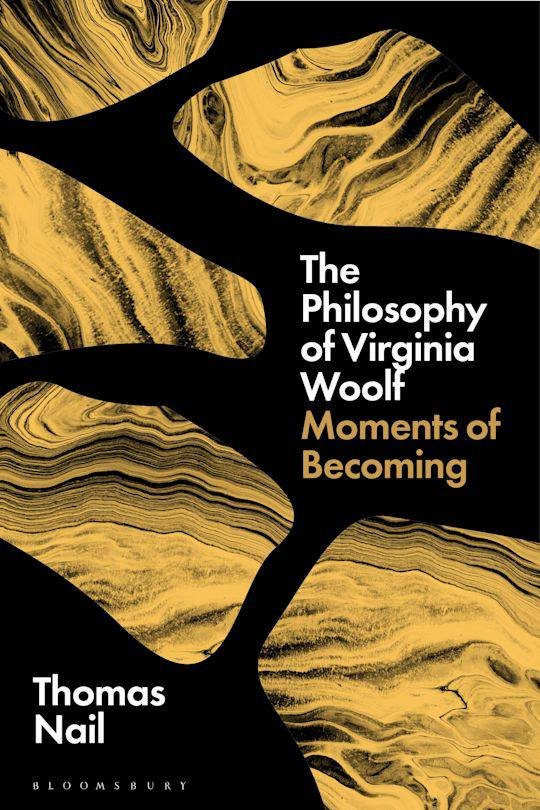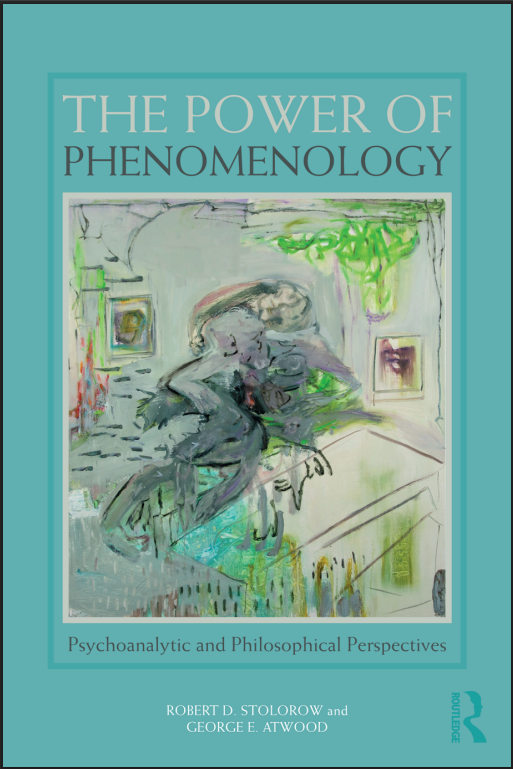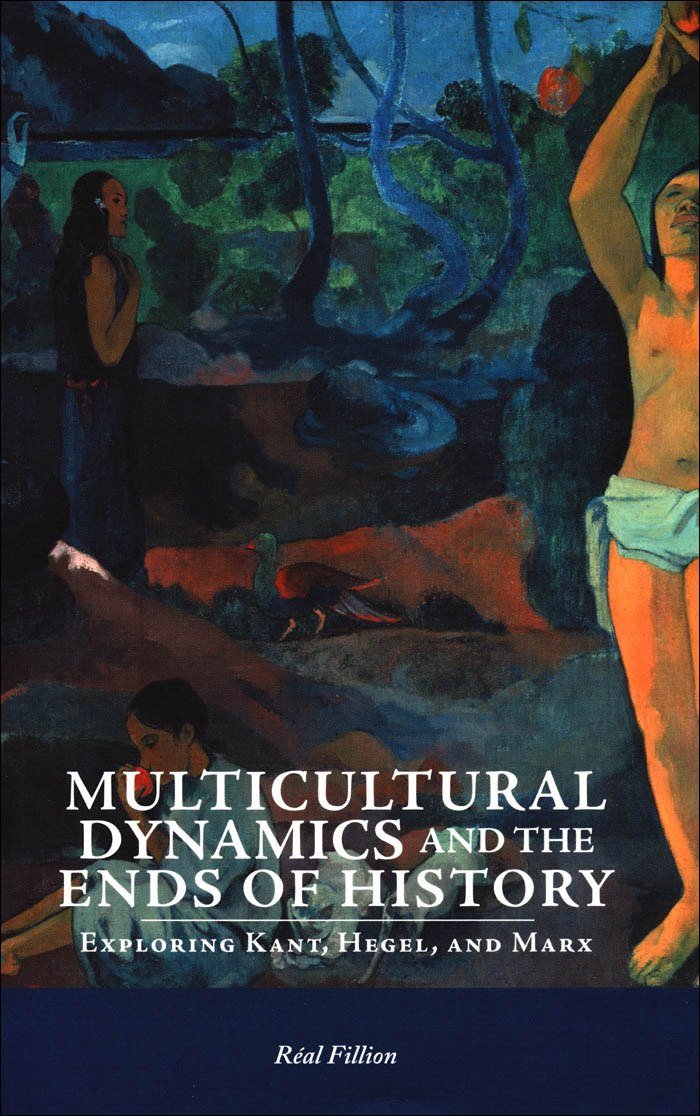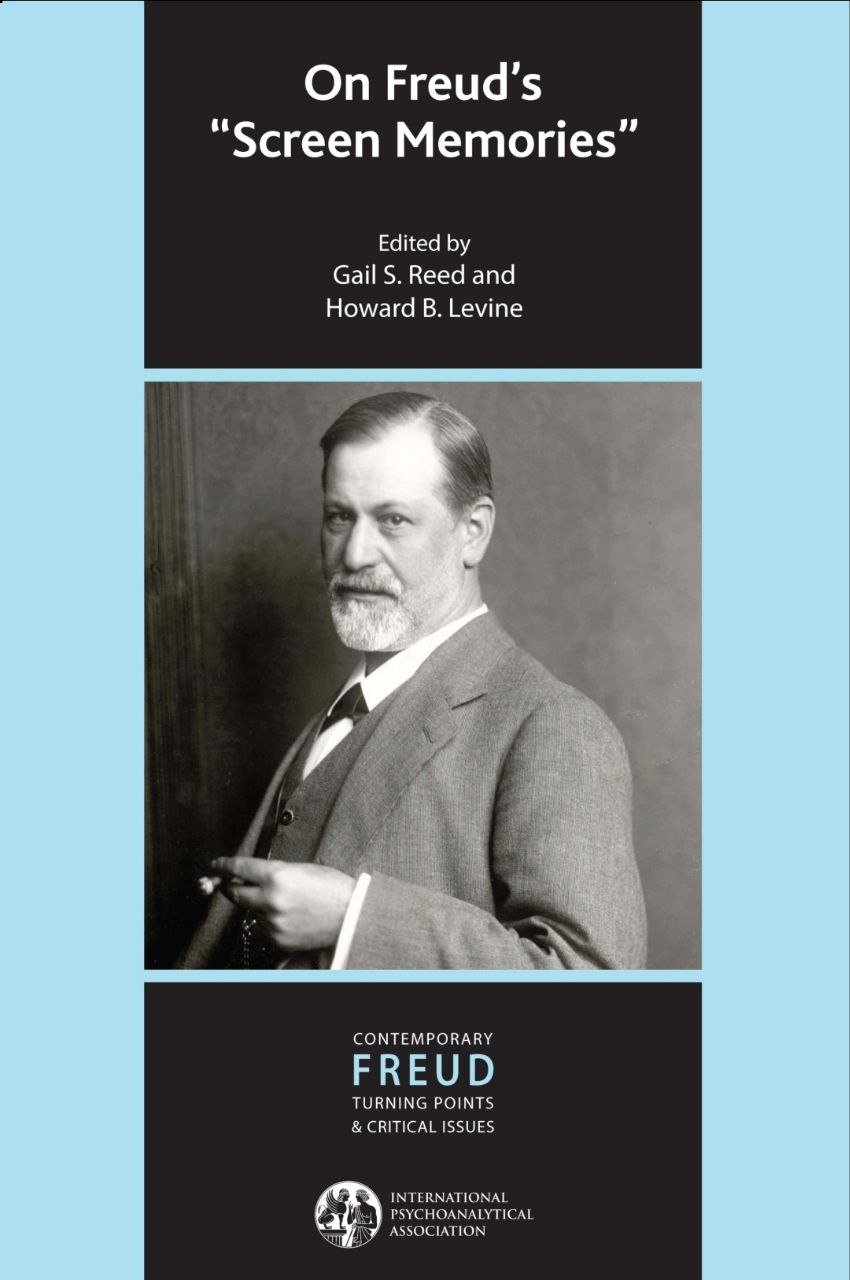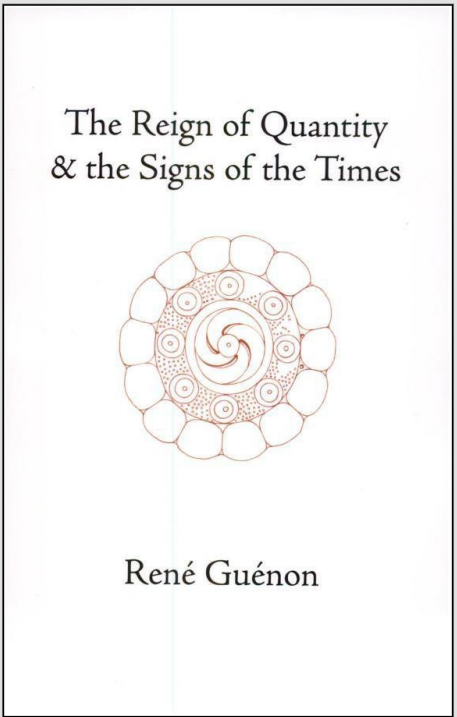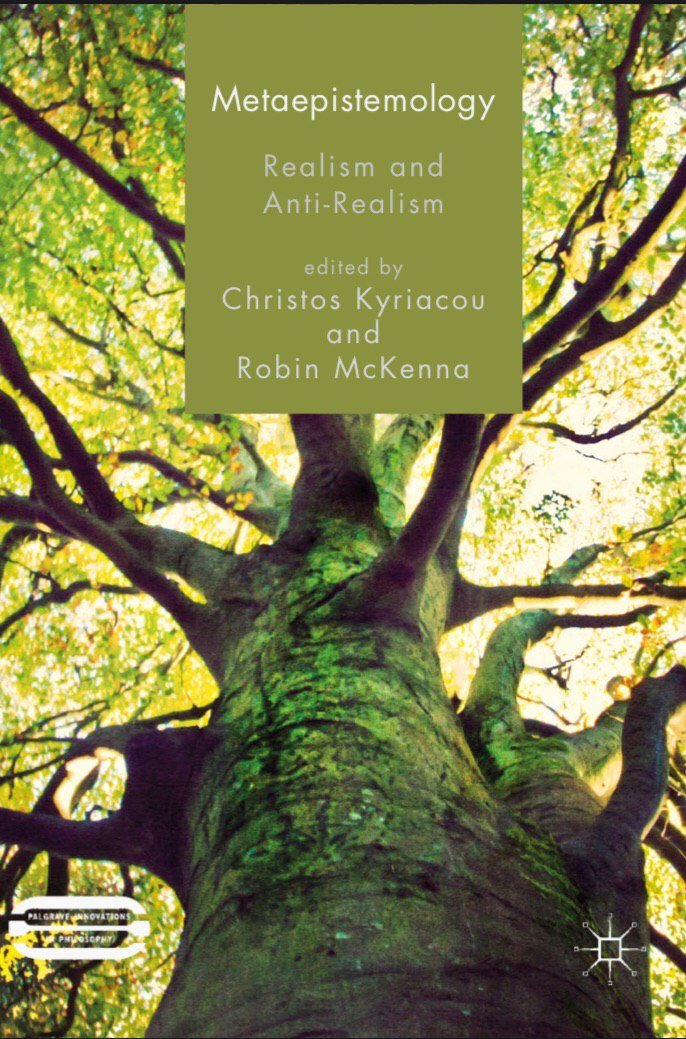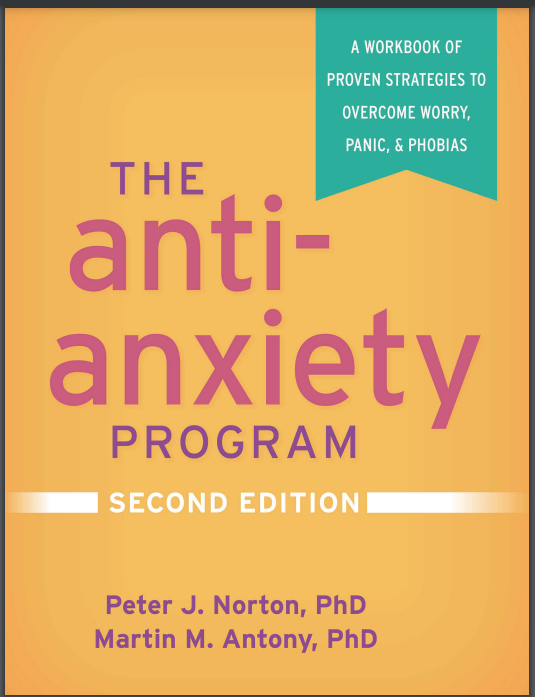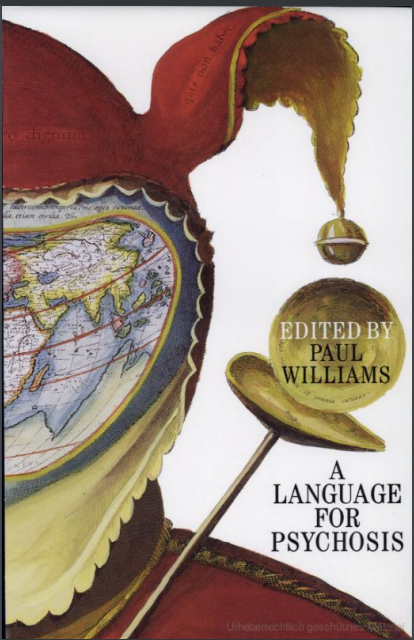

The Great Triad (1946) by René Guénon
Private Book Reader
Access your private PDF books securely. Upload and enjoy reading your personal collection anytime.
Read Your Private BookShort Audio Book Summary
The Great Triad (1946) by René Guénon Summary
0:00 / 0:00Reviews
No review yet. Be the first to review this book!
Description
The Great Triad (1946) by René Guénon is a deeply symbolic and metaphysical exploration of traditional cosmology, focusing on the three fundamental principles that underpin all manifestation. Drawing from ancient Chinese metaphysics, particularly Taoist philosophy, as well as universal esoteric traditions, Guénon seeks to reveal the profound unity and harmony of the cosmos through what he calls the “Great Triad”—Heaven (T’ien), Earth (Ti), and Man (Jen). At the heart of the book is the idea that the universe is structured through a ternary principle, not merely dualistic (as in yin and yang), but involving a third mediating term—Man, who serves as a bridge between Heaven and Earth. Heaven symbolizes pure, active, and spiritual principles, Earth represents the receptive, material, and passive domain, and Man is the harmonizing element that unites the two, capable of participating in both realms. This triad is not simply anthropological—it is cosmic, metaphysical, and initiatic. Guénon traces the concept of the Great Triad across different traditions: from the Chinese cosmological triad to the Hindu Trimurti, the Christian Trinity (in symbolic rather than theological terms), and the Hermetic principle of the three worlds—spiritual, psychic, and physical. He demonstrates that all traditional civilizations encoded this tripartite structure of reality, seeing it as essential to understanding existence, order, and human purpose. A significant part of the book is devoted to the doctrine of correspondences, where Heaven, Earth, and Man are reflected in various aspects of nature and the human being. For example, the macrocosm-microcosm analogy is explored in depth: just as the cosmos is structured by the Great Triad, so too is the human being—comprised of spirit, soul, and body. Guénon shows how this trinitarian structure applies not only to metaphysical realities but to the organization of space, time, ritual, symbols, and knowledge. Guénon also discusses the symbolic meanings of directions, numbers, and geometric forms, showing how they reflect the same triadic principles. The number 3, for Guénon, is not just arithmetic—it is a sacred symbol of totality, balance, and mediation, appearing in myth, architecture, language, and initiation rituals across traditional societies. A recurring theme in The Great Triad is the fall of modernity, which Guénon sees as having lost this sacred knowledge and instead embraced dualism, materialism, and fragmentation. By ignoring the mediating role of Man (as spiritual being), modern civilization has severed the link between Heaven and Earth, leading to chaos and disintegration. Restoring the knowledge of the Great Triad, therefore, is not just philosophical—it is spiritual and salvific, pointing the way toward reintegration with the cosmic order. In summary, René Guénon’s The Great Triad is a masterful work of traditional metaphysics, offering a symbolic map of reality based on the ancient and universal doctrine of Heaven, Earth, and Man. It emphasizes that true knowledge is holistic, hierarchical, and sacred, and that Man’s destiny lies in harmonizing the spiritual and material realms. The book is both a critique of modern reductionism and a call to return to the primordial wisdom that sees the cosmos as an integrated and meaningful whole.











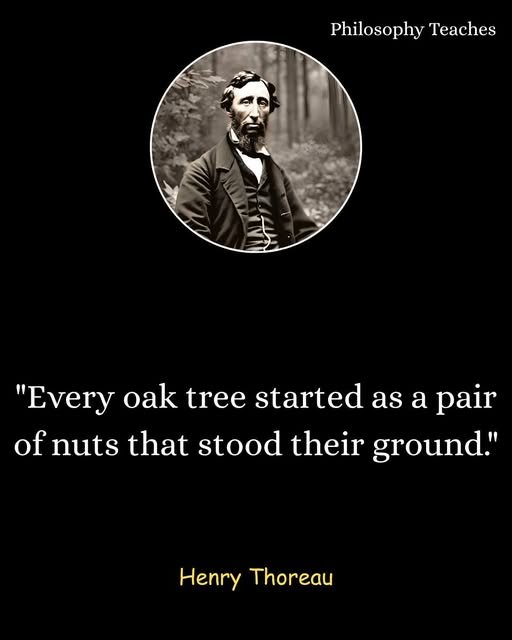




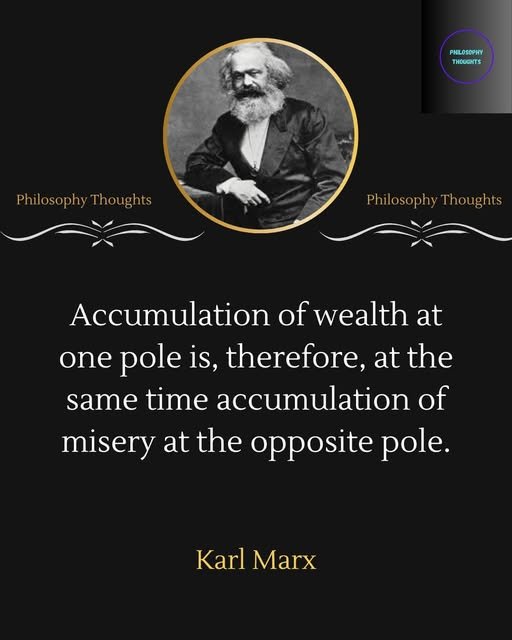







.jpg)










.jpg)

.jpeg)








.jpeg)
.jpeg)
.jpg)






.png)




.jpg)

.jpeg)






.jpg)



.jpeg)
.jpg)
.jpg)


















.jpg)
